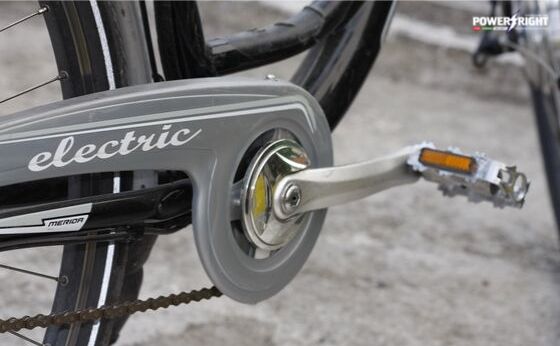
1/3rd of Ireland’s energy-related CO2 emissions are of transport. That is why more and more people are switching or contemplating the idea of switching to electric cars. Electric vehicles offer a more sustainable transport solution to the Irish and people all over the world. There are plenty of electric car advantages that could positively impact the environment and control gas emissions.
Owing to Elon Musk (Tesla), EVs are affordable, environmentally safe, and you can charge them at home with electric charging stations. These electric car advantages make EVs rank amongst the most sustainable transport options out there.
What’s more? The SEAI Electric Vehicle Grant Scheme was introduced last year to promote a sustainable transport approach and urge people to switch to EVs. The option of installing electric car charging stations at home makes the transition to EVs practical and eco-friendly. With the help of this EV charging grant, this new scheme allows people to claim up to €600 for the purchase and installation of an electric charging station. The applicant should own a second hand or new electric vehicle.
Having said that, let’s find out what a sustainable transport system means?
Transportation is the single largest source of increasing greenhouse emissions and air pollution all over the world. To deal with climatic change more countries are moving to eco-friendly methods of transportation and Ireland is one of the few to provide electric vehicle grants to its residents.
So, any means of transportation that has a low impact on the environment falls under sustainable transportation. The main examples of sustainable transportation are walking, cycling, transit, carpooling or choose eco-friendly ‘green’ vehicles such as electric cars because its CO2 emissions are the lowest. Taking the bus or train also falls under sustainable travelling as it lessens the traffic congestion of individual cars on the roads.
If you own an EV, it might be not that bad. But if you leave your car at home to walk, ride a bike/scooter, or take the bus/train, it could lead to tons of benefits:
As stated above, any transport that reduces CO2 and greenhouse gas emissions is a sustainable form of transport. It relies a bit on a person’s preference as well that which of the option he takes. Currently, EVs are quite popular in this regard. You should know the direct impacts of your choice of transport on the environment.
How can we play our part in making transport sustainable? According to the Future of Fuels initiative:
If you are a current EV user or thinking of switching to one, look no further than Power Right, we have all kinds of electric vehicle charging solutions for your home and business.